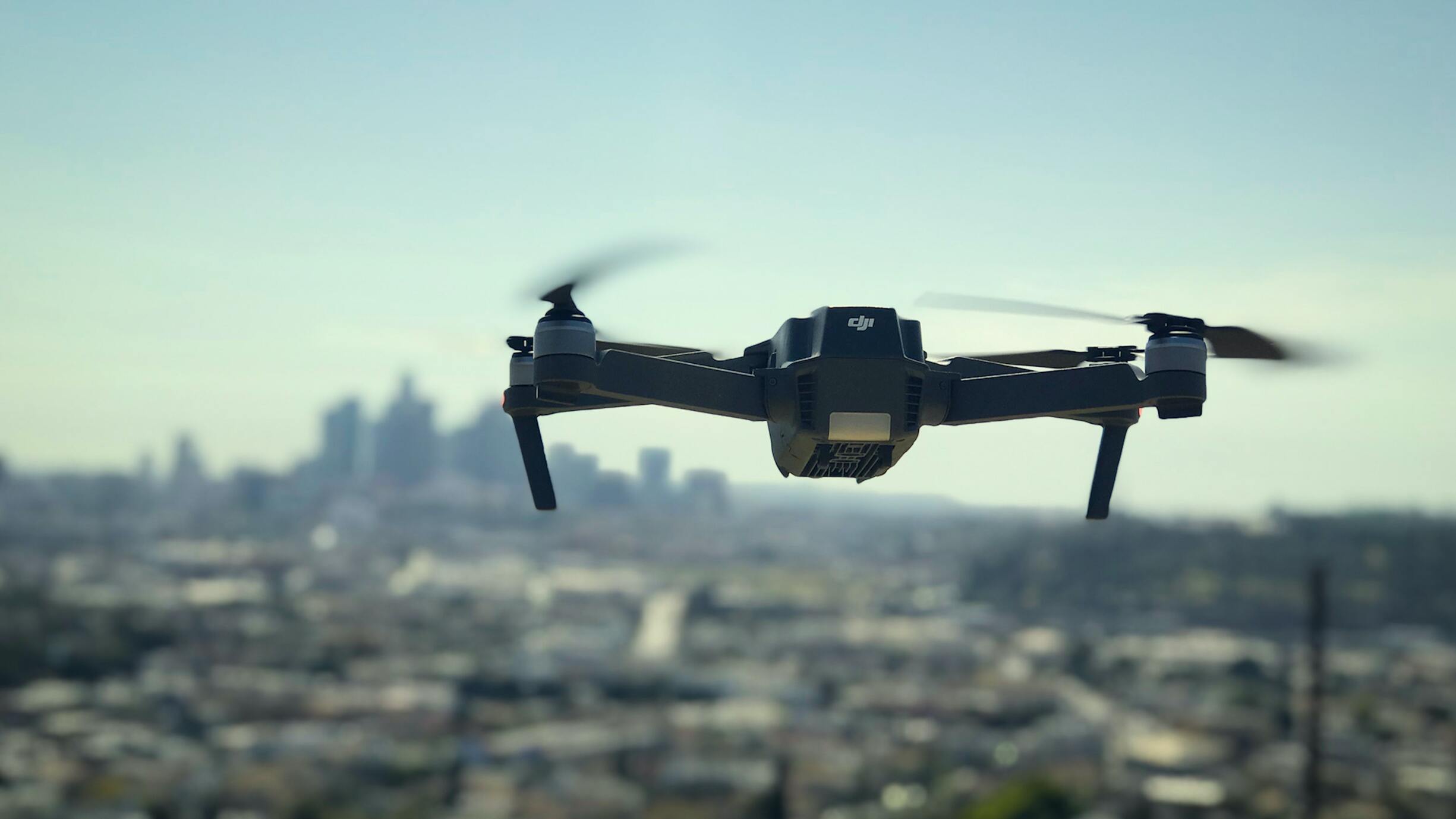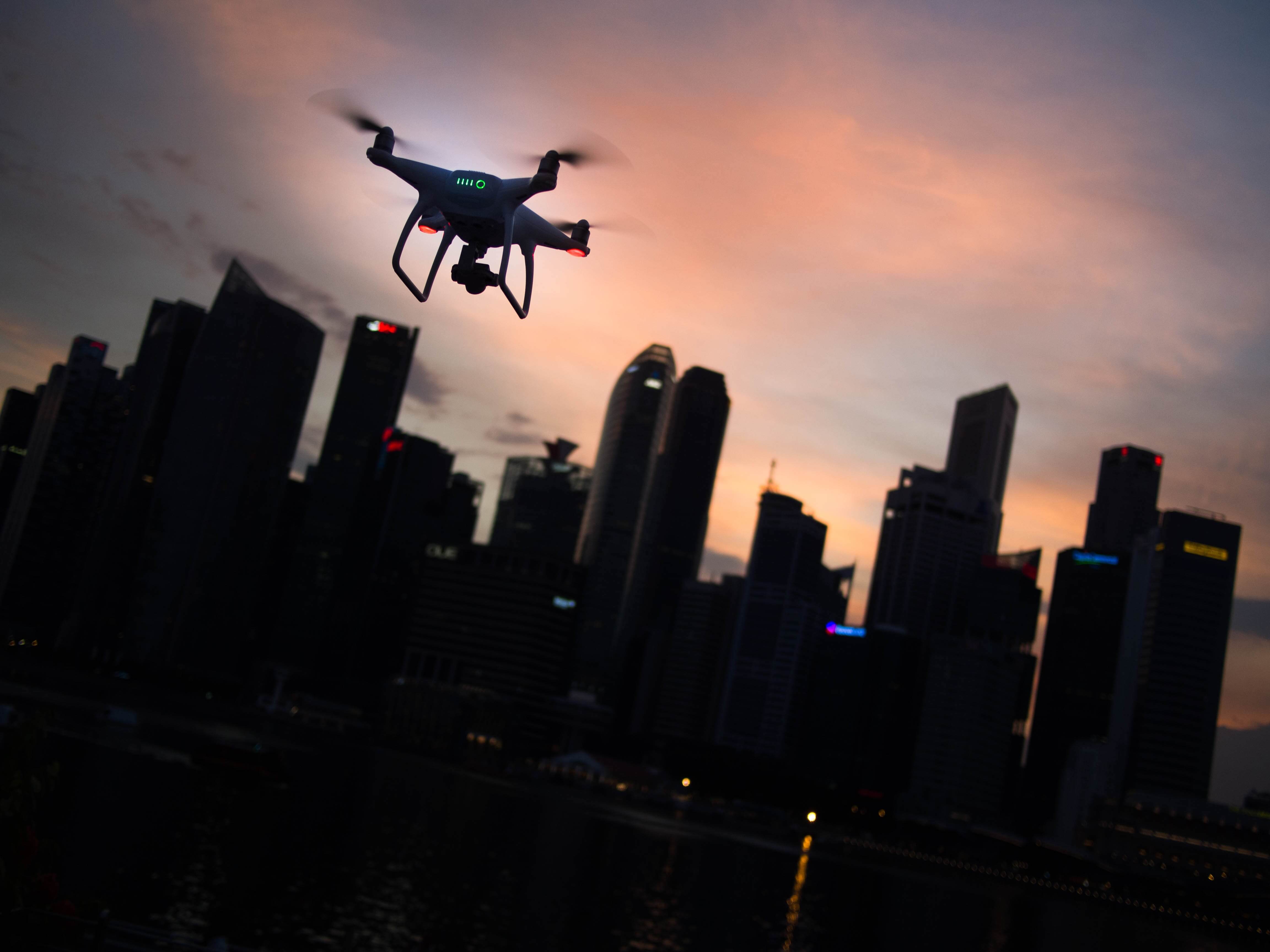- Home
- About Us
- Contact Us
- Site Map
- Privacy Policy
- Terms And Conditions
- Best Drone For Beginners 2021 : Top Beginner Drones
- Best Drones 2022 For Beginners : Top Beginner Drone
- Best Drones For Under 100 Dollars That Are Top Easy To Fly
- Best Cheap Drone For Photography : Camera Drones Budget
- What Is The Best Drone For 2022 And How Fast They Go
- Best Drone In The World To Use For Your First Time
- Best Drones 2022 With Camera : Which One Is The Best Drone
- Best Video Drones For Beginners | Features A Beginner Drone
- Dgi Drone
- Best Drone For Night Photography
- Best Drone For The Money
- Best Drone For Teenager
- Best Drone For Under 200
- Best Drone For Under 500
- Best Drone For Video
- Best Drone In The Market
- Best Drone Under 1000
- Best Drones For Travel
- Bird Drone
- Black Hornet Drone
- Deerc Drone
- DJI Drones For Sale
- Dji Fpv Drone
- Dji Mavic 3 Drone
- Drone Dj
How To Help Take Better Pictures ?
Drone photography has become increasingly popular for capturing stunning aerial images and videos. To find drone photography services near your location, you can follow these steps:

1. Online Search: Start by conducting an online search using search engines or platforms dedicated to connecting drone photographers with clients. Enter keywords like "aerial photography [your location]." This should provide you with a list of local drone photographers or agencies.
2. Drone Photography Platforms: Explore specialized drone photography platforms such as DroneBase, Droners.io, or AirVūz. These platforms allow you to search for drone photographers in your area, view their portfolios, and hire them directly.

3. Local Directories: Check local business directories, such as Yellow Pages or Yelp, for drone photography services. Look for photographers who offer aerial or drone photography in their service descriptions.
4. Social Media: Use social media platforms like Facebook, Instagram, or Twitter to search for local drone photographers or join photography-related groups in your area. You can also post a query asking for recommendations from your network or photography enthusiasts.

5. Local Photography Associations: Contact local photography associations or clubs and inquire if they have any members who specialize in drone photography. They might provide you with a list of qualified professionals in your area.
6. Word of Mouth: Ask friends, family, or colleagues if they know of any drone photographers in your area. Personal recommendations can often lead to finding talented professionals.

Once you've identified a few potential drone photographers near you, consider the following factors before making a decision:
• Portfolio: Review the portfolios or websites of the photographers you find. Look for images that match your desired style and quality.
• Experience and Certification: Check if the drone photographers have experience in aerial photography and hold the necessary certifications, such as a Remote Pilot Certificate issued by the Federal Aviation Administration (FAA) in the United States.

• Pricing and Packages: Compare pricing and packages offered by different photographers. Some may charge hourly rates, while others may offer packages for specific projects or events.
• Reviews and Testimonials: Read reviews and testimonials from previous clients to gauge the photographers' professionalism, reliability, and quality of work.
• Licensing and Legal Compliance: Ensure that the drone photographers are aware of and adhere to local regulations regarding drone usage and photography permits, if applicable.

• Communication and Collaboration: Reach out to the photographers and discuss your specific requirements. Pay attention to their responsiveness, willingness to answer questions, and ability to understand your vision.
Remember that the availability and options for drone photography services may vary depending on your location. Always prioritize safety and legality when hiring a drone photographer, ensuring they comply with local regulations and have appropriate insurance coverage.
How Much Does Drone Photography Cost ?
The cost of drone photography can vary depending on several factors, including the location, the complexity of the project, the experience of the photographer, and the specific services or packages offered. Here is a breakdown of the different cost factors to consider:
1. Hourly Rate: Some drone photographers charge an hourly rate, which typically ranges between $100 to $300 per hour. This rate includes the time spent on-site for capturing images or videos and may also include post-processing work.

2. Project-based Pricing: For specific projects, photographers may offer fixed pricing based on the scope of work. This could include a certain number of aerial shots, a specific duration of video footage, or a combination of both.
3. Equipment and Additional Services: If you require additional services such as editing, image retouching, or video production, these can contribute to the overall cost. A photographer may charge extra for advanced editing techniques or specialized equipment needed for unique shots.

4. Travel Expenses: If your location is distant or requires the photographer to travel, they may include travel expenses in the overall cost. This can include transportation, accommodation, and per diem expenses.
5. Licensing and Permits: In some cases, obtaining necessary permits or licenses for flying drones commercially may incur additional costs. These costs vary depending on the local regulations and permit requirements in your area.

6. Package Options: Many photographers offer pre-designed packages for different types of projects. These packages can range from basic options with a limited number of shots or footage to more comprehensive packages that include multiple locations, longer flight times, and extensive editing.
It's important to note that the prices mentioned above are general estimates, and the actual cost can vary significantly. It's recommended to reach out to multiple drone photographers and request quotes based on your specific requirements to get a more accurate idea of pricing in your area.
When comparing prices, consider the photographer's experience, quality of work, reputation, and the services included in their packages. Don't solely base your decision on cost; ensure that the photographer has the necessary skills, knowledge, and legal compliance to deliver high-quality results safely and professionally.

How Profitable Is Drone Photography ?
The profitability of drone photography can vary depending on several factors, including the demand for aerial photography services in your area, your marketing efforts, the types of clients you target, and your ability to provide high-quality work. Here are some key points to consider regarding the profitability of drone photography:
1. Market Demand: Assess the market demand for drone photography in your area. Determine if there are enough potential clients, such as real estate agencies, construction companies, event planners, tourism boards, and marketing agencies, who would benefit from aerial imagery. Research your local market and competition to gauge the level of demand and the opportunities available.
2. Pricing: Establish competitive yet profitable pricing for your services. Consider the costs associated with your equipment, insurance, post-processing software, permits, and ongoing training. Take into account your experience and expertise, and set prices that align with the value you provide to clients while ensuring a reasonable profit margin.
3. Targeted Marketing: Implement effective marketing strategies to reach your target audience. Utilize online platforms, social media, your website, and networking events to showcase your portfolio and promote your services. Consider partnering with complementary businesses or participating in local events to increase your visibility and attract potential clients.
4. Diversify Your Services: Explore different avenues within the drone photography industry to expand your revenue streams. For example, you could offer additional services such as aerial videography, 3D mapping, inspection services, or aerial surveys. This diversification can attract a wider range of clients and increase your profitability.
5. Building Relationships: Focus on building strong relationships with your clients. Providing exceptional customer service, delivering high-quality work, and meeting deadlines can lead to repeat business and positive referrals. Satisfied clients are more likely to recommend your services to others, helping to expand your client base.
6. Continuous Learning: Stay updated with the latest trends, technologies, and regulations in the drone photography industry. Invest in ongoing training and certifications to enhance your skills and stay ahead of the competition. This continuous learning will enable you to offer innovative and in-demand services, attracting more clients and potentially commanding higher rates.
It's important to note that the profitability of drone photography can vary from one location to another and from one individual to another. Some drone photographers are able to establish successful businesses and generate substantial profits, while others may find it more challenging. Your success will depend on factors such as market conditions, competition, the quality of your work, your business acumen, and your ability to adapt to changing client needs.
By conducting thorough market research, providing exceptional services, and effectively marketing your skills, you can increase your chances of running a profitable drone photography business.
For more information click Aerial Photography